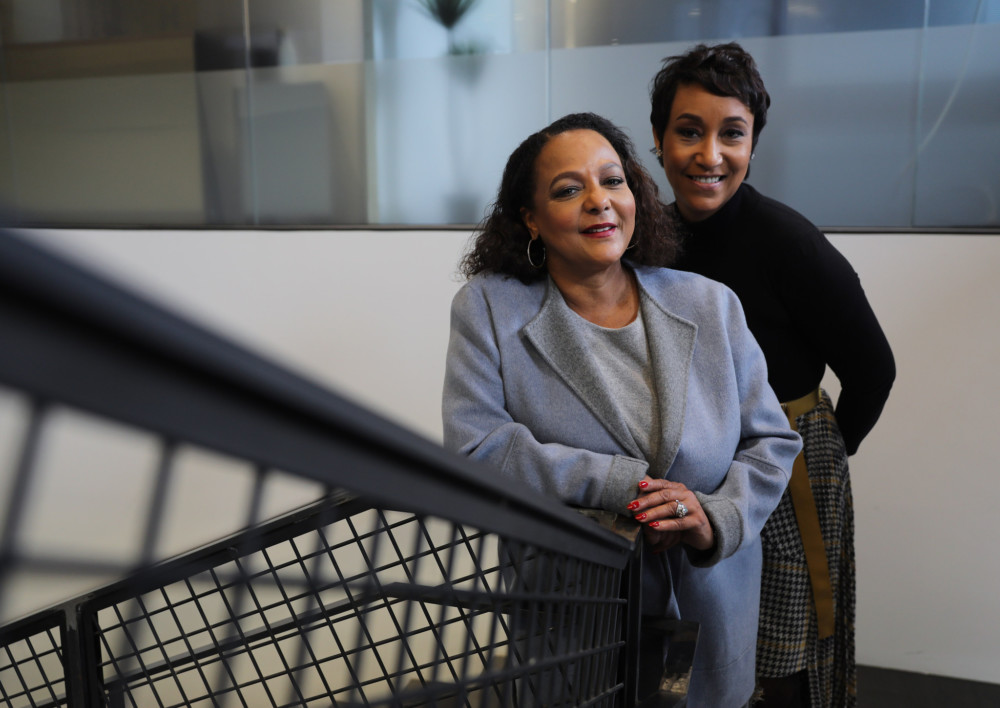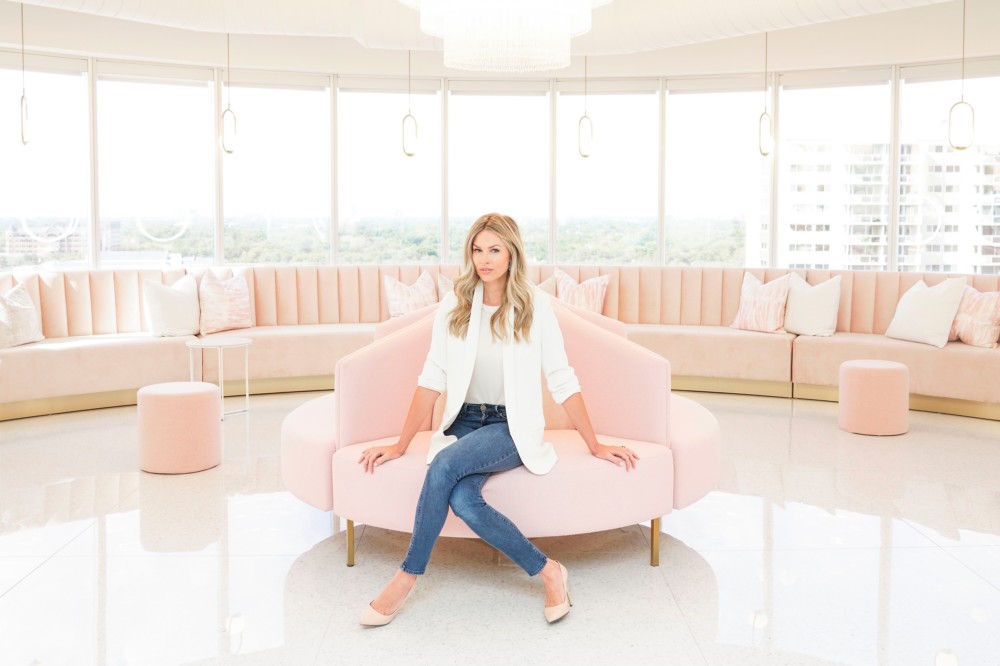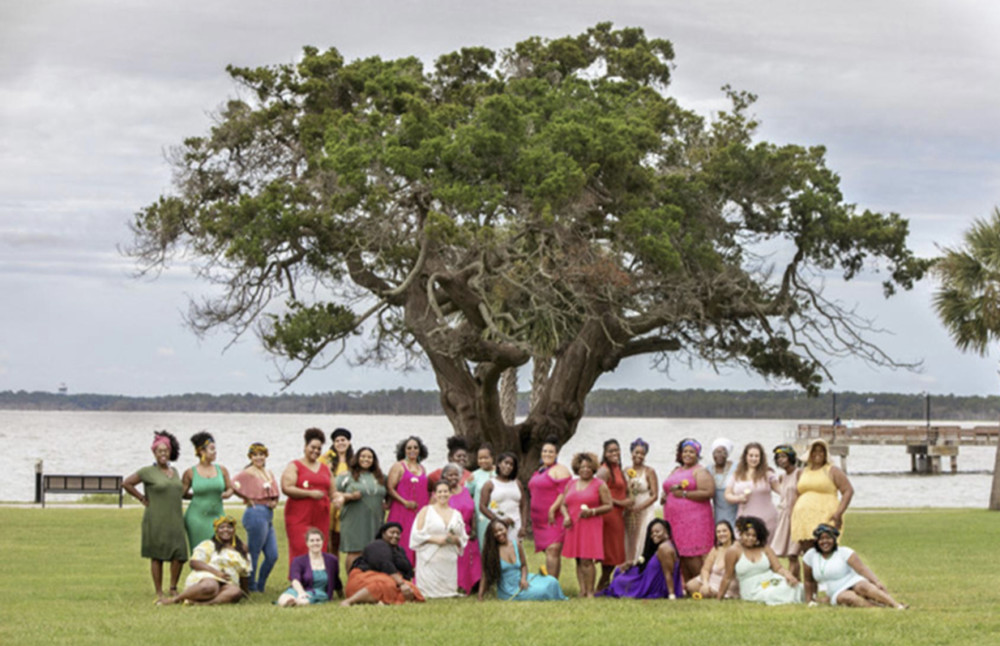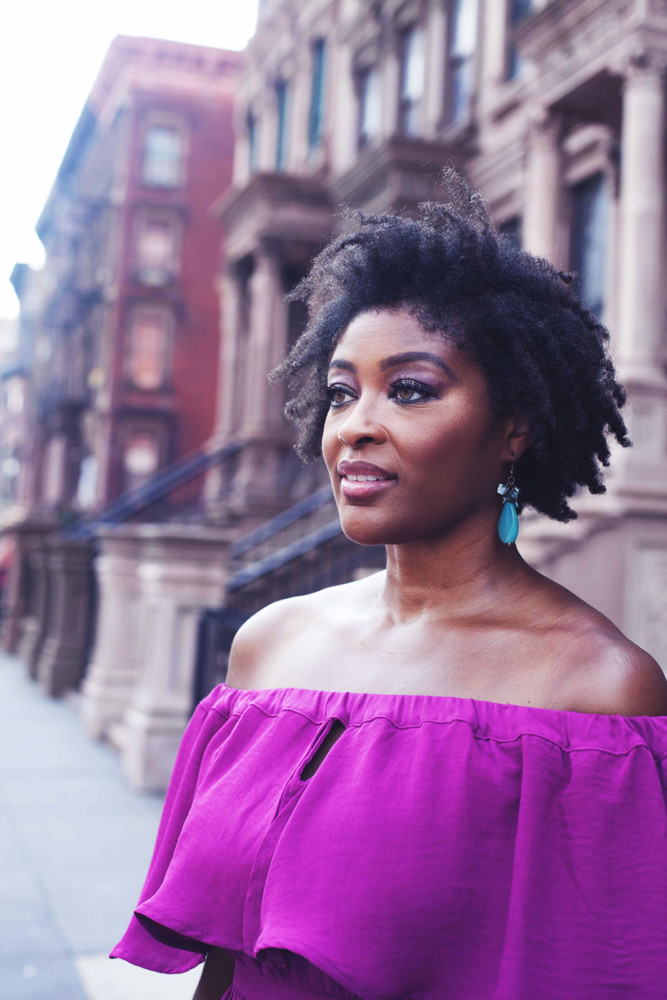By Corilyn Shropshire
Chicago Tribune
WWR Article Summary (tl;dr) Former Johnson Publishing executives Desiree Rogers and Cheryl Mayberry McKissack say the newly revived “Fashion Fair” will deliver products designed for black women by black women.
Chicago Tribune
Growing up in Trinidad in the ’80s, Patrice Grell Yursik remembers her mother smoothing on Fashion Fair face powder and popping the pink compact into her purse before leaving for work. Sometimes, she organized her mom’s collection of pink-lidded Fashion Fair lipsticks lined up on a mahogany dressing table.
The lipsticks and powder matched her mother’s skin perfectly, said Yursik, now 40 and a well-known beauty blogger based in the South Loop.
Back then, the iconic makeup brand, launched in 1973 by Ebony and Jet magazine publisher Johnson Publishing, was well-known as the best and nearly only option for black women looking for cosmetics made to flatter their skin tones.
Today, Fashion Fair — affectionately known as the makeup your grandmother and mother wore — only can be found on resale sites like eBay.
In April, Johnson Publishing went bankrupt and took Fashion Fair Cosmetics, which had struggled for years, with it.
Last month, former Johnson Publishing executives Desiree Rogers and Cheryl MayberryMcKissack, with the help of Alec Litowitz, founder and CEO of Evanston-based hedge fund Magnetar Capital, acquired Fashion Fair for $1.85 million. They are promising to breath new life into the brand for the modern consumer.
The group already had purchased Black Opal, a mass market cosmetics brand for women of color, for an undisclosed amount in September. It is sold locally at Walmart and CVS. Rogers and MayberryMcKissack, who work out of an office in Merchandise Mart, said they plan to have new Fashion Fair products on the market by the holiday season.
But as they work to revive Fashion Fair for a new generation of buyers, they are dealing with a much-changed industry.
Women of color, and particularly black women, have an almost mind-numbing selection of makeup brands in drugstores, specialty stores such as Ulta and Sephora and on the Internet to give their lips that perfect tint and their complexions a smooth, polished look. By next year, black consumers are expected to spend $2.25 billion annually on beauty products, according to research firm Mintel.
That creates a challenge for Rogers and MayberryMcKissack, who will compete against the likes of mega-watt celebrity Rihanna, who has successfully wooed women to her high-end Fenty Beauty brand, a partnership with LVMH.
buy eriacta generic buy eriacta online no prescription
Fenty turned the industry on its head in the fall of 2017, introducing 40 shades of foundation — there are now 50 — highlighters, lipsticks and other makeup products designed to illuminate a diversely-hued cosmetics audience that was often ignored or marginalized by other beauty brands. Forbes predicted Fenty’s sales would soar to more than $200 billion by 2025.
And it’s not just Rihanna Rogers and MayberryMcKissack have to reckon with.
What started as a few brands that catered to women of color has morphed into a showdown in which deep-pocketed cosmetics giants such as L’Oreal and Estee Lauder are battling upstart, trendy brands like Mented Cosmetics and PAT McGrath Labs that have cult-like followings, and others, like Juvia’s Place, launched by entrepreneurs of color.
Rogers and MayberryMcKissack say they are undaunted, armed with a brand rich in history that will deliver products designed for black women by black women.
“We think it’s important for women of color to not only be consumers of the product, but we need to have a seat at the table by owning these products,” said MayberryMcKissack, 64, who served as chief operating officer and digital media chief at Johnson Publishing from 2013 to 2016.
“For us, it’s a bit personal,” added Rogers, who was CEO of Johnson Publishing from 2010 to 2017. “We are old enough to remember when we couldn’t find our own shades of [foundation].”
“We’re not doing makeup for everyone,” said Rogers, 60. “The fact is that women of color are still having trouble finding the right shade.”
The duo have been tight-lipped about their plans for Fashion Fair.
The brand, which previously was sold by well-appointed women at department store beauty counters, is starting from scratch, Rogers said.
“In Chicago we’ve put together a staff and are partnering with minority businesses for product development,” she said. “We want to make sure we are reinvesting in our community.”
Rogers and MayberryMcKissack said the ultimate goal, between Fashion Fair and Black Opal, is to provide options for a range of budgets.
To succeed and attract younger consumers, industry insiders say Rogers and MayberryMcKissack will have to embrace the realities of the beauty industry.
Today’s beauty ecosystem is ruled by “influencers” like Yursik who share their thoughts about products and demonstrate their application on websites and YouTube channels with their thousands, and sometimes millions, of followers.
Black beauty influencers have given a face to consumers who for years had never seen their images reflected in the cosmetics they purchased. In turn, the influencers’ audiences — people of color — have flocked to the makeup, skincare and hair brands they see on women who look like them.
While older consumers of black beauty products rely on advertising to help them decide what makeup to buy, younger consumers — the coveted “GenZennials” between the ages of 18 and 34 — are buying what their friends and family are wearing and favorite beauty bloggers are buying, said Toya Mitchell a senior consumer analyst at Mintel.
Sales channels will be another challenge. Fashion Fair, Mitchell noted, was primarily sold in department stores, some of which have closed.
Yursik, who has more than 247,000 followers on her Facebook page, regularly tries out beauty brands and shares her thoughts with her audience. She said she’s excited to see what her 80-year-old mother’s favorite makeup has in store for her.
“Fashion Fair will have a different road ahead of them,” Yursik said. “They could benefit from celebrating what they used to do and partnering with influencers in a smart way … change their approach to marketing, to product development and launching new products.”
Rogers and MayberryMcKissack said they are already tackling these challenges. They are well-equipped with market research, even taking notes from women who’ve stopped them on the street with questions and suggestions. Rogers said they are also working on developing eco-friendly products with top-notch ingredients and are crafting a message they are certain will speak to black women.
At Black Opal, a new website is in the works, along with new marketing to speak to customers, Rogers said. A new line of skincare products is scheduled to launch in 2020. They are reaching out to makeup artists for feedback and to promote their products.
In the meantime, MayberryMcKissack and Rogers are betting black women will be excited to support two black women rebuilding two decades-old brands to make them look good.
That’s a smart strategy, according to Ahmad Islam, CEO of Near North Side-based marketing and advertising firm Ten35. The legacy of being an iconic, black-owned brand is one of Fashion Fair’s greatest strengths, he said.
“It’s a brand that has a strong legacy of being relevant in the black community, which is a solid place from which to build,” Islam said. “Any time you’re trying to bring a brand back, you have to understand where the brand was, what it stood for and why it was successful.”
Mintel’s Mitchell agreed.
“There is a level of trust we share with black-owned beauty businesses,” Mitchell said. “If you are creating for me and mine and we share the same issues, I trust that you got it right.”
___
Distributed by Tribune Content Agency, LLC.

















































































































































































































































































































































































